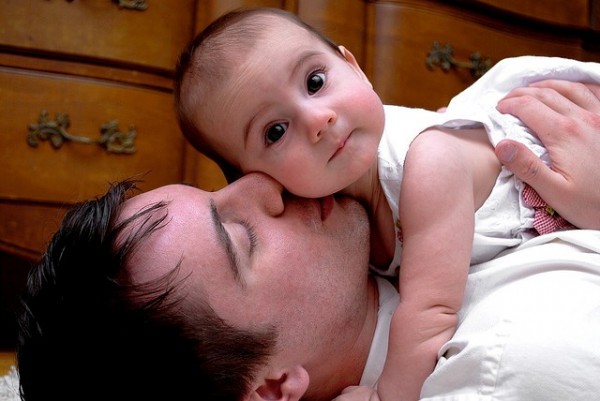Babies’ Ability to Make Eye Contact Helps Predict Risk of Autism: Study

Babies' risk for autism can be predicted by their ability to make eye contact, finds a research.
Developmental disorders like autism are mostly detected at post-infancy period or much later. Experts at the University of Miami found the disorder can be diagnosed in children in less than a year after birth. They add babies whose older siblings have autism are also at risk of developing the condition. Their study looked at joint attention or early form of communication like making eye contact with others that develops when the children are almost a year old, reports the Financial Express.
Babies that are unable to make eye contact with others in response to smile or talks are most likely to have autistic spectrum disorder.
The symptoms of ASD begin to appear at a year and a half. The findings of the current trial found a direct relation between autism and joint attention without a positive affective component like smile in children younger than one.
"The ability to coordinate attention with another person without a smile, without an emotional component, seems to be particularly important for high-risk siblings in the development of ASD symptoms," says Devon Gangi, study author and researcher at the University of Miami, reports the Psych Central.
"The detection of markers associated with autism early in life, before a child can be diagnosed with autism, is important to help identify children at the greatest need for early interventions," adds Gangi.
The results can identify at-risk children and develop early intervention strategies to minimize autistic behaviors, social and learning disabilities.
More information is available online in the Journal of Autism and Developmental Disorder.
Jul 26, 2014 08:08 AM EDT





